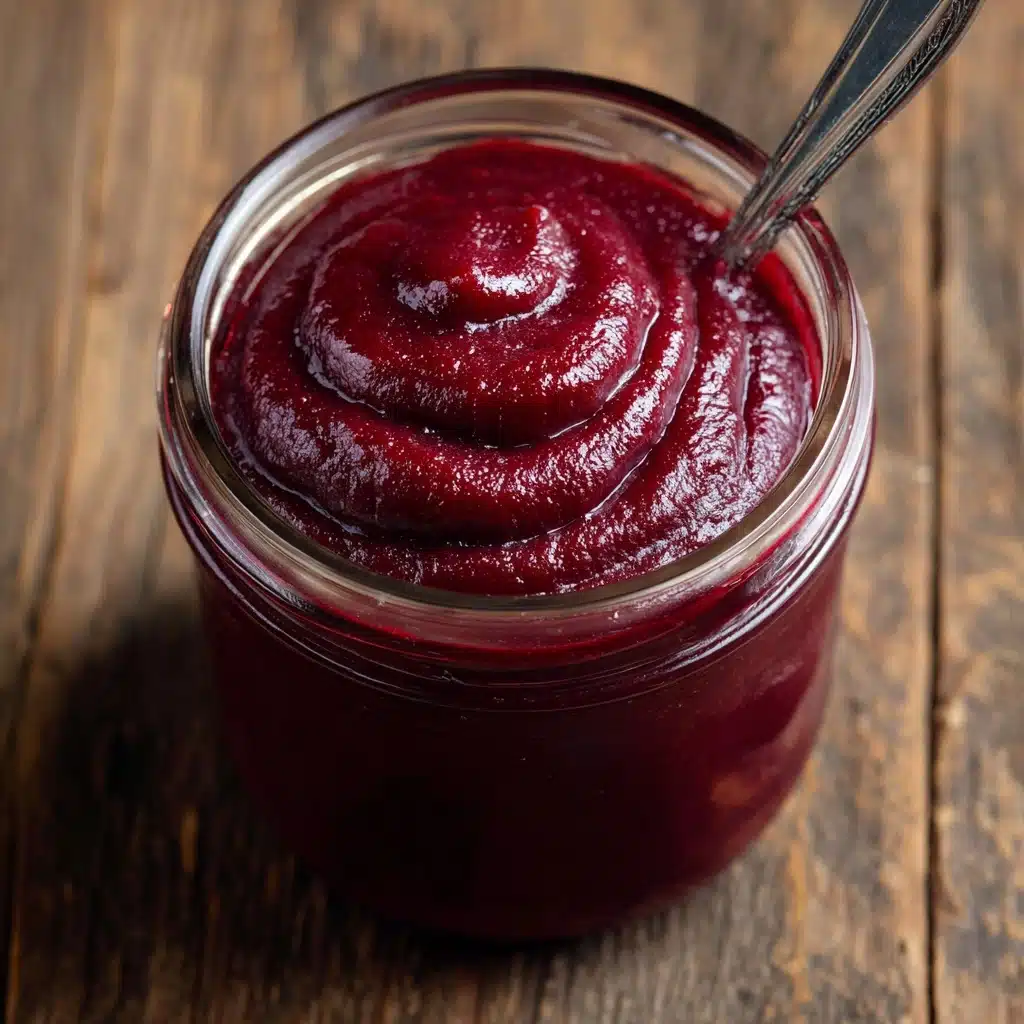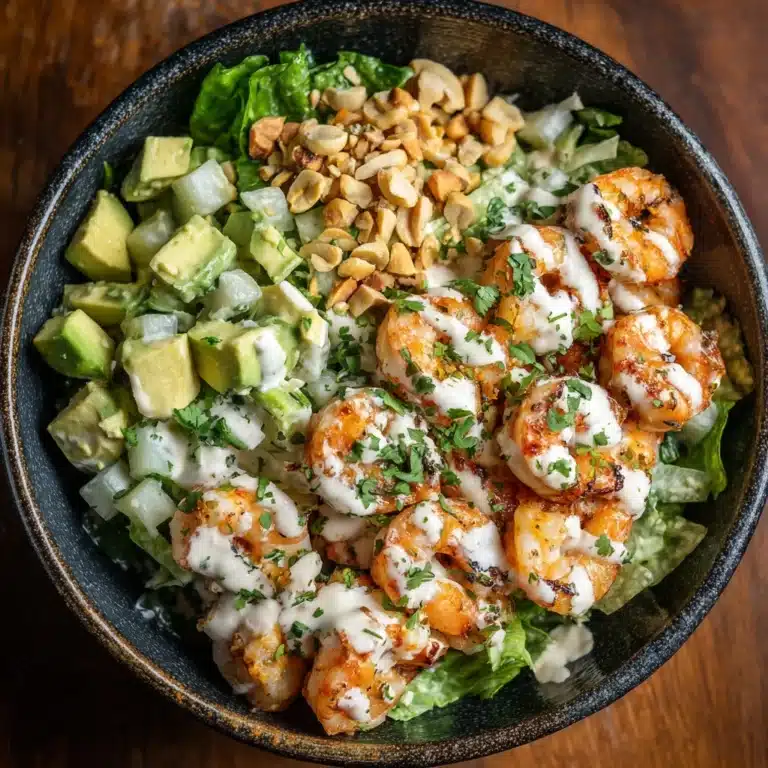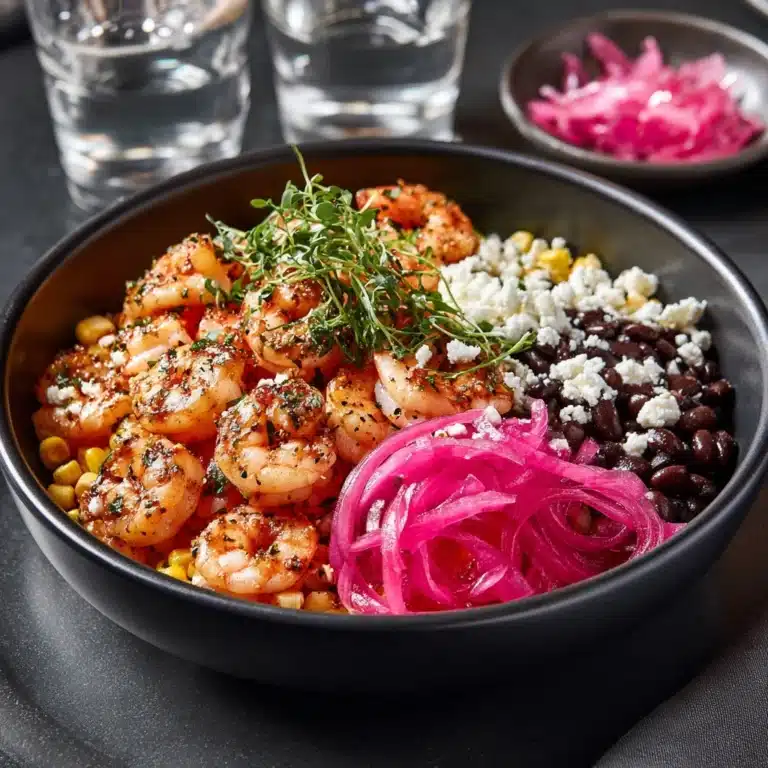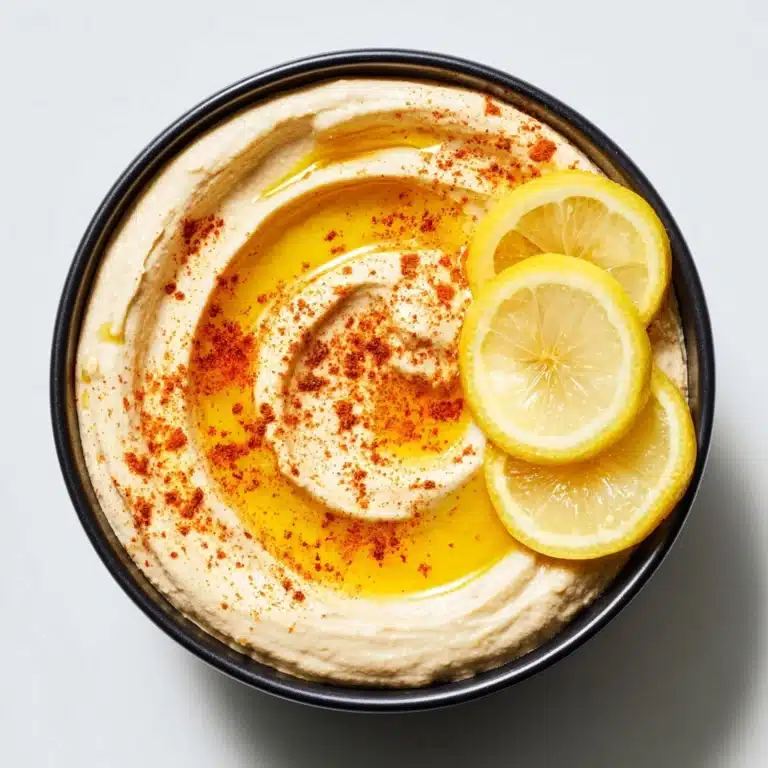If you’ve ever wished your favorite condiment could offer a little more character, Fermented Ketchup is about to become your go-to kitchen staple. With a bold tang, subtle sweetness, and a hit of warm spices, this probiotic-rich ketchup adds excitement to any meal—plus, it’s crafted with simple ingredients you probably have right in your pantry! Give your burgers, fries, and veggies a lively flavor boost while sneaking in gut-friendly benefits with every dollop.

Ingredients You’ll Need
The line-up for homemade Fermented Ketchup is refreshingly original yet straightforward, and every ingredient truly pulls its weight. From enhancing natural sweetness to rounding out the tang, each element builds layers that will make you rethink anything squeezed from a bottle.
- Tomato paste (1 can, 6 oz): This is the bold base for your ketchup, providing intense tomato flavor and velvety texture.
- Filtered water (1/4 cup): Loosens the paste for that pourable ketchup consistency you know and love.
- Apple cider vinegar (1 tablespoon): Adds gentle acidity and supports the fermentation process for that distinctive zing.
- Honey or maple syrup (1 tablespoon): Brings a touch of natural sweetness while feeding the beneficial bacteria during fermentation.
- Sea salt (1 teaspoon): Preserves the ketchup and balances the savory-sweet melody.
- Ground allspice (1/2 teaspoon): Lends a fragrant, peppery depth reminiscent of classic ketchup.
- Ground cloves (1/4 teaspoon): Infuses a tiny bit of warm spice—just enough to intrigue your palate.
- Ground cinnamon (1/4 teaspoon): Boosts sweetness and aroma without overpowering the sauce.
- Onion powder (1/2 teaspoon): Adds savory undertones for true ketchup complexity.
- Garlic powder (1/4 teaspoon): Offers a mellow, aromatic punch that’s unmistakably ketchup-y.
- Whey, fermented brine, or starter culture (1 tablespoon): This is your fermenting hero, introducing live cultures for that signature tang and probiotic bonus.
How to Make Fermented Ketchup
Step 1: Whisk Together the Base
In a medium mixing bowl, combine the tomato paste, filtered water, apple cider vinegar, honey or maple syrup, sea salt, and all the spices. Whisk until you achieve a completely smooth, harmonious mixture. This step is where all the initial flavors blend, so take a moment to enjoy the fragrance!
Step 2: Add the Fermentation Starter
Now it’s time to introduce life to your ketchup! Gently stir in the whey, brine, or starter culture until fully incorporated. This tiny addition is what will transform your everyday condiment into dynamic, probiotic Fermented Ketchup.
Step 3: Transfer to a Jar
Spoon or pour the ketchup mixture into a clean glass jar (a 1-cup jar works beautifully), making sure to leave about 1 inch of headspace at the top. This allows room for the natural bubbling action that occurs during fermentation, ensuring your countertop stays clean.
Step 4: Cover and Let Ferment
Cover your jar loosely—either with a lid set on top (not screwed down) or a breathable cloth secured with a rubber band. Let the ketchup sit at room temperature for 2 to 3 days. You’ll notice subtle bubbling and a fresh, tangy scent as the flavors develop. Taste after two days; if you prefer more tang, let it ferment another day.
Step 5: Refrigerate and Enjoy
Once your Fermented Ketchup reaches its perfect tang, seal the jar tightly and place it in the fridge. The flavor will continue to evolve and deepen, and you’ll be ready to add a zesty homemade kick to any dish at a moment’s notice!
How to Serve Fermented Ketchup
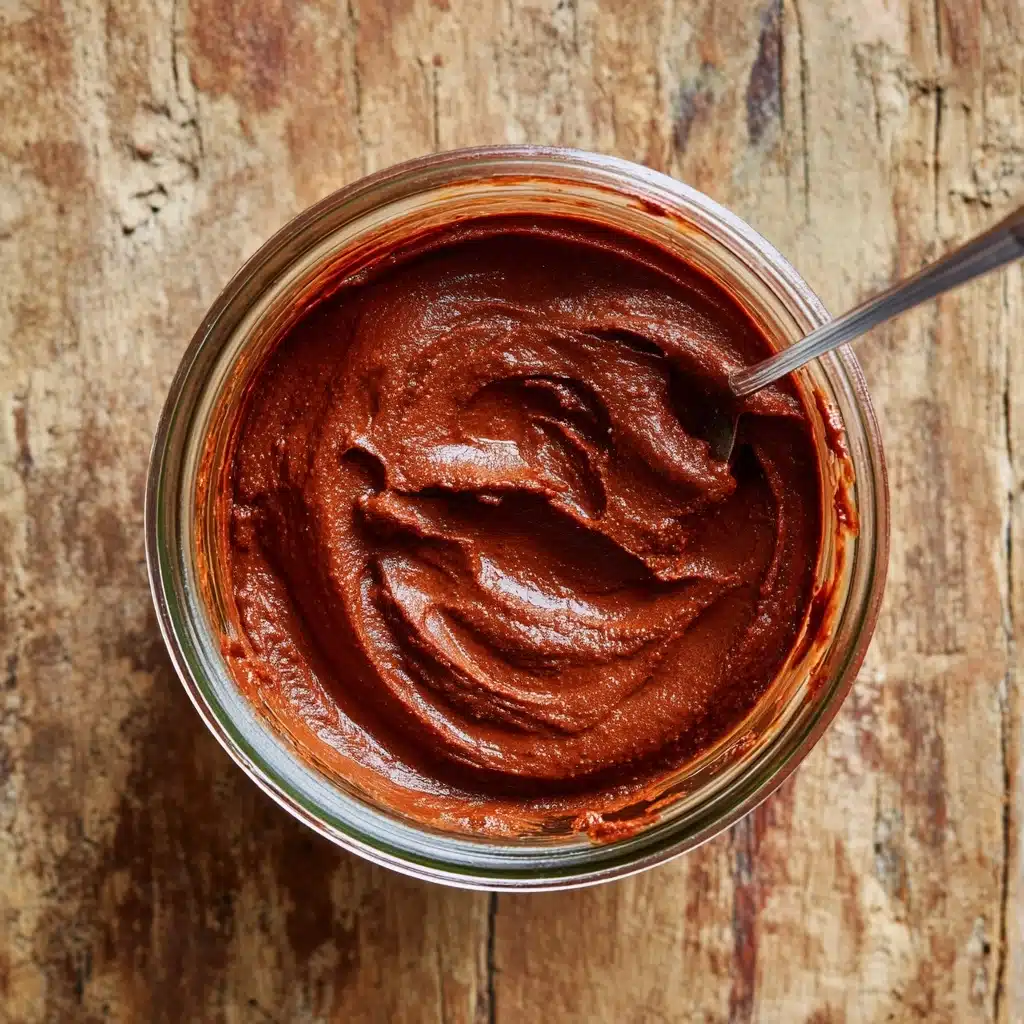
Garnishes
Give your Fermented Ketchup a visual pop and textural twist! Try a sprinkle of fresh cracked black pepper, a pinch of smoked paprika, or finely chopped fresh herbs like chives or parsley right on top before serving. It’s also wonderful with a swirl of extra-virgin olive oil for a gourmet touch.
Side Dishes
This ketchup is a superstar alongside homemade fries, tater tots, sweet potato wedges, or classic onion rings. It’s equally fabulous on grilled meats, veggie patties, or roasted vegetables—the natural tang brings bright flavor wherever you need a little lift.
Creative Ways to Present
For a playful party presentation, spoon Fermented Ketchup into individual dipping cups or tiny jars at cookouts. For lunchboxes, tuck a small, leak-proof container alongside finger foods. You can even use it decoratively on plates with a squeeze bottle, making artistic swooshes for a chef-worthy touch!
Make Ahead and Storage
Storing Leftovers
Fermented Ketchup actually improves with time, making it a perfect make-ahead condiment. Simply keep it sealed in a glass jar in the fridge, where it will stay fresh and vibrant for several weeks. You might notice the flavors grow richer and more complex each time you dip in!
Freezing
While it’s not usually necessary, you can freeze Fermented Ketchup for longer storage. Portion it into small freezer-safe containers (an ice cube tray works in a pinch) and thaw only what you’ll use within a week. Keep in mind the texture may change slightly after freezing, but the flavor will remain satisfyingly bold.
Reheating
There’s generally no need to reheat Fermented Ketchup, as it’s best served cold or at room temperature. If you want to use it in a hot dish, stir it in at the very end of cooking to help preserve the living cultures and maintain its bright, lively taste.
FAQs
Can I make Fermented Ketchup without whey or starter?
Absolutely! If you don’t have whey, use the brine from naturally fermented vegetables, like sauerkraut, or try a commercial powdered starter culture. As long as you introduce beneficial bacteria, your ketchup will ferment beautifully.
What does Fermented Ketchup taste like?
It has a familiar ketchup base—sweet, tangy, and gently spiced—but with a delightful, zippy tang that comes from natural fermentation. The spices become more pronounced, and it’s lighter and fresher-tasting than commercial ketchup.
Can I adjust the spice or sweetness levels?
Definitely! Taste as you mix the base ingredients and adjust the honey, vinegar, or spices to suit your preferences. The recipe is endlessly flexible and perfect for customizing to your taste buds.
How can I make my Fermented Ketchup smoother?
If you love super-silky ketchup, simply blend the mixture with an immersion blender or traditional blender before fermenting. This step helps emulsify the ingredients and breaks down any stubborn lumps.
Is Fermented Ketchup safe for kids or people new to fermented foods?
Yes! As long as proper hygiene is followed during preparation, it’s safe for most folks. If you’re new to fermented foods, start with small servings and observe how your body feels—soon enough, you’ll be hooked on the flavor and benefits!
Final Thoughts
Making Fermented Ketchup at home is a tiny act of kitchen magic with big rewards: better flavor, interesting character, and a probiotic punch. If you’re ready to fall in love with ketchup all over again, grab your ingredients and dive in—you’ll never go back to store-bought once you’ve tried your own delicious creation!
Print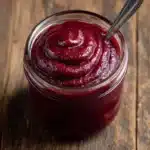
Fermented Ketchup Recipe
- Total Time: 10 minutes (plus 2–3 days fermentation)
- Yield: 1 cup 1x
- Diet: Vegetarian
Description
Learn how to make your own probiotic-rich fermented ketchup at home with this easy recipe. This tangy and flavorful condiment is a delicious and healthy alternative to traditional ketchup.
Ingredients
For the Fermented Ketchup:
- 1 (6 oz) can tomato paste
- 1/4 cup filtered water
- 1 tablespoon apple cider vinegar
- 1 tablespoon honey or maple syrup
- 1 teaspoon sea salt
- 1/2 teaspoon ground allspice
- 1/4 teaspoon ground cloves
- 1/4 teaspoon ground cinnamon
- 1/2 teaspoon onion powder
- 1/4 teaspoon garlic powder
- 1 tablespoon whey (or brine from fermented vegetables or a starter culture)
Instructions
- Mix Ingredients: In a medium bowl, whisk together tomato paste, water, vinegar, honey, salt, and spices until smooth.
- Add Fermentation Agent: Stir in whey or fermentation liquid until fully combined.
- Transfer and Ferment: Place ketchup in a clean glass jar, leaving 1 inch of headspace. Cover loosely and ferment at room temperature for 2–3 days.
- Check and Store: Look for bubbling and tanginess. Seal the jar tightly once fermented to your liking and refrigerate. Flavor improves with time.
Notes
- If you lack whey, use 1 tablespoon of brine from sauerkraut or other fermented vegetables.
- For a smoother texture, blend the ketchup before fermenting.
- This ketchup lasts for several weeks in the refrigerator.
- Prep Time: 10 minutes
- Cook Time: 0 minutes
- Category: Condiment
- Method: Fermenting
- Cuisine: American
Nutrition
- Serving Size: 1 tablespoon
- Calories: 15
- Sugar: 2g
- Sodium: 140mg
- Fat: 0g
- Saturated Fat: 0g
- Unsaturated Fat: 0g
- Trans Fat: 0g
- Carbohydrates: 3g
- Fiber: 0g
- Protein: 0g
- Cholesterol: 0mg
